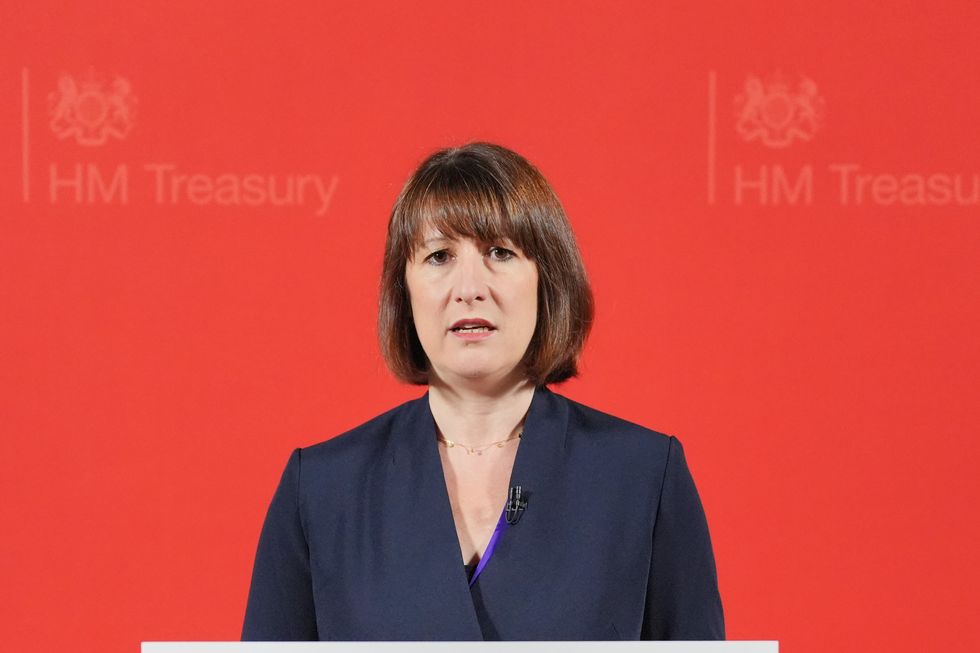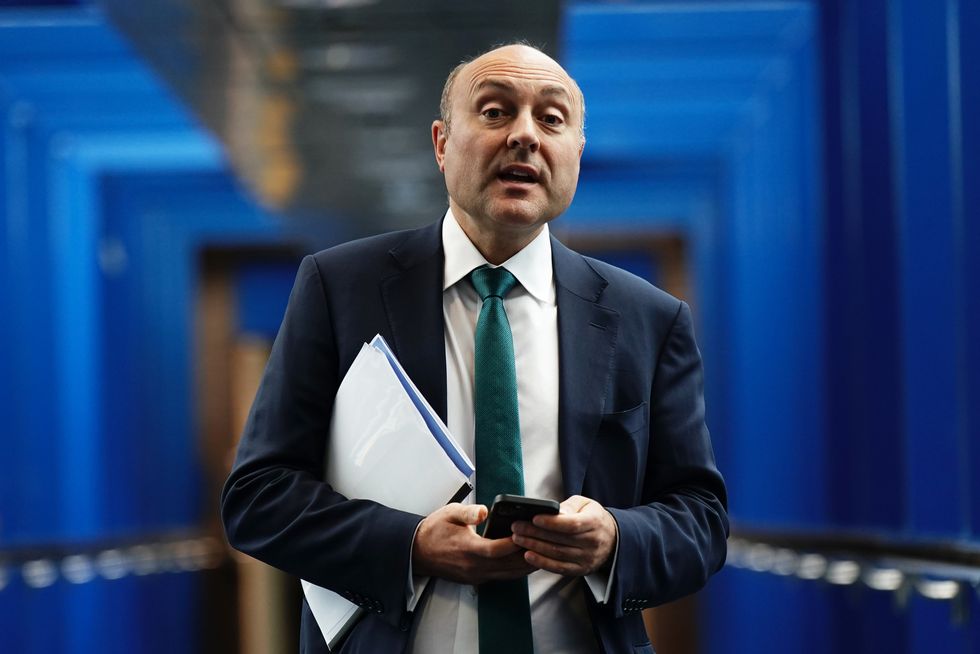Treasury ‘forced to intervene and stabilise markets’ amid surge in borrowing costs
The Treasury has been forced to make its first market intervention since the 2022 mini-Budget crisis as concerns mount over Rachel Reeves’s Budget impact and surging borrowing costs.
The rare public statement came as the Chancellor faces growing pressure over the sustainability of her fiscal plans.
The Treasury moved to dismiss what it called “pure speculation” that rising debt costs had eliminated Reeves’s fiscal headroom and put her in breach of her own borrowing rules.
Reeves has indicated she is prepared to cut public spending to maintain “an iron grip on the public finances”, though speculation grows that further tax rises may be inevitable.

The market movements have intensified pressure on ministers to reduce borrowing through either tax increases or spending cuts.
A Treasury spokesman emphasised: “No one should be under any doubt that meeting the fiscal rules is non-negotiable and the Government will have an iron grip on the public finances.”
The spokesman highlighted that UK debt remains the second lowest in the G7.
They added that only the Office for Budget Responsibility’s forecast can accurately predict government headroom, dismissing other predictions as speculation.
MORE LIKE THIS:
- Rachel Reeves could be forced to ‘announce more tax rises’ as fiscal headroom ‘never been this low’
- ‘I can run the economy better!’ Rachel Reeves skewered over humiliating Budget blow: ‘Worse than Liz Truss’
- ‘Bad news’ for Reeves’s economy plans as borrowing costs skyrocket to highest level since 1998
Market turmoil saw the pound drop as much as 1.2 per cent against the dollar to $1.233, its lowest level since April.
The yield on 10-year UK gilts, which measures government borrowing costs, climbed to 4.81 per cent – the highest since the 2008 financial crisis.
The Government’s 30-year borrowing costs reached levels not seen since 1998.
British debt costs have now surged to 1.4 percentage points above those of Greece, which was the worst-hit nation during the eurozone crisis 15 years ago.
The Treasury statement also stressed that “kick-starting economic growth is the number one mission of this Government as we deliver on our Plan for Change.”
The Chancellor would “leave no stone unturned” in pursuing economic growth and supporting working people, the spokesman said.
Shadow Business Secretary Andrew Griffith branded the Treasury intervention “extraordinary” in its rarity.
“The Treasury would normally stick pins under their nails rather than make any public comment. So it shows a degree of real concern,” he said.
Griffith added: “In my experience it is exceptionally rare for the Treasury in this way to make that sort of comment.”
He warned that the statement was “a classic of its genre, which is all it does is publicise the fact that the markets are right to be concerned.”
Meanwhile, Shadow Chancellor Mel Stride criticised Labour’s management, saying rising debt leaves Britain “vulnerable even to small changes in markets.”
The market turbulence follows Reeves’s October Budget, which introduced record-breaking tax increases totalling £40bn.
A key measure was a £25bn rise in National Insurance Contributions paid by employers on workers’ wages, which has damaged business confidence.
The Budget also included plans for increased spending, particularly on public sector wages.
Economists fear the scale of proposed spending will exceed even the historic tax increases.
This imbalance suggests the government may need to fund its plans through higher borrowing, adding to its existing £2.8 trillion debt pile.

Global factors are also contributing, with borrowing costs rising across major economies due to inflation concerns.
Ruth Gregory of Capital Economics warns that Reeves is now set to break her fiscal rule by nearly £1bn.
The rise in government borrowing costs and market interest rates since the Budget has eroded the Chancellor’s fiscal headroom, previously estimated at £9.9bn.
Deutsche Bank economist Sanjay Raja projects higher market rates will increase the Government’s interest costs by £10bn annually.
Raja suggests the Spring Statement, Spending Review, and Autumn Budget will be “painful sequels” to the Chancellor’s inaugural budget.
These developments point towards a combination of spending cuts, increased borrowing, and potentially more taxation to address the emerging fiscal gap.
The economy showed concerning signs at the end of 2023, stalling in the three months to September and contracting in October.
Business surveys indicate an increasing number of companies cut jobs in late 2023, anticipating the impact of rising taxes.
Deutsche Bank’s Raja predicts GDP growth will likely fall below the optimistic 2 per cent projection for the current year.
Inflation is expected to be revised higher, further adding to debt costs.
The OBR’s unemployment forecasts are also likely to increase beyond previous estimates, based on recent survey data.
These economic headwinds suggest the Chancellor faces difficult choices ahead between spending cuts and potential tax increases.

